BoC Governor Tiff Macklem said in a speech yesterday, “Higher interest rates are working to rebalance the economy. Domestic demand is slowing, and we expect growth in gross domestic product will be close to zero through to the middle of next year as the economy adjusts to higher interest rates. This will relieve domestic price pressures, and inflation will come down.”
He reiterated the position that the central bank will be considering “whether there is a need to increase the policy rate further”. He explained, “This means that decisions to raise the rate or to pause and assess the impact of past rate increases will depend on incoming data and our judgments about the outlook for inflation.”
Macklem also said BoC is “watching very closely to see how the economy is responding to higher interest rates”. It is looking at an job market data, how supply chains are resolving, how business are passing on costs, measures of core inflation, and inflation expectations.




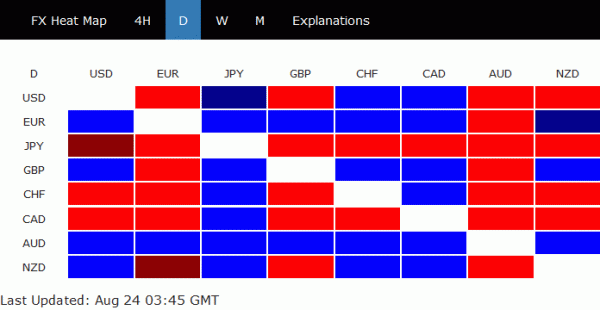
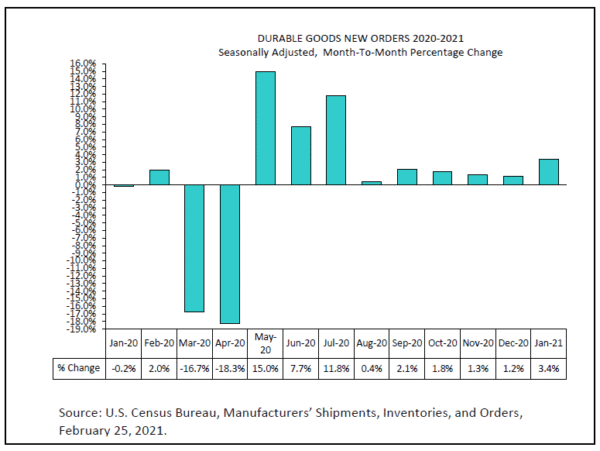
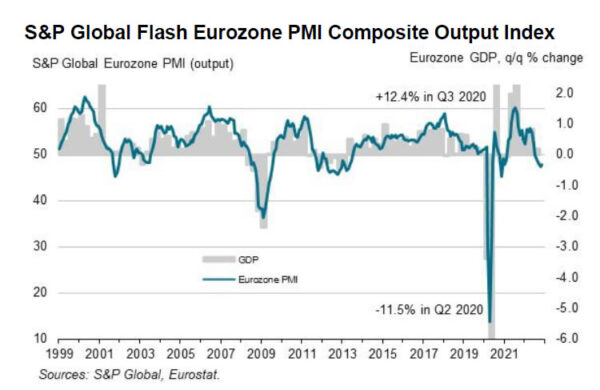
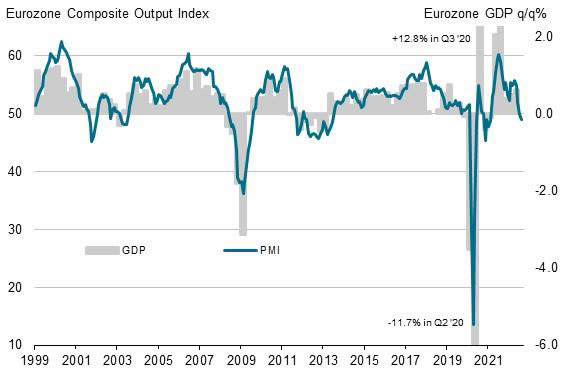
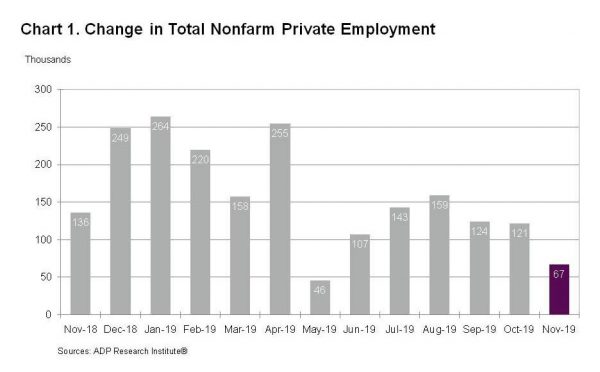
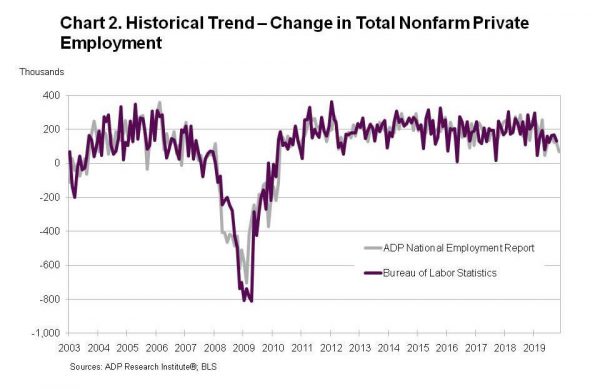
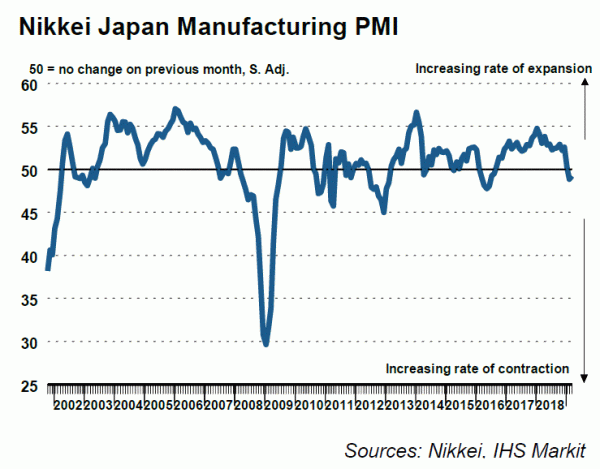
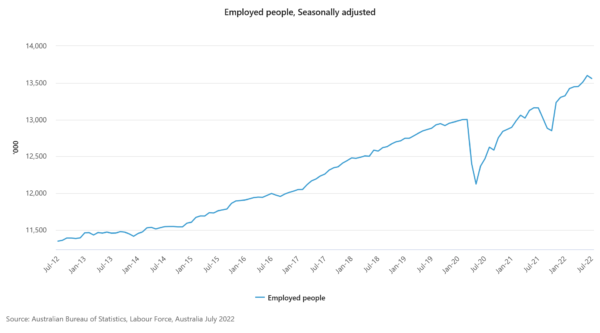
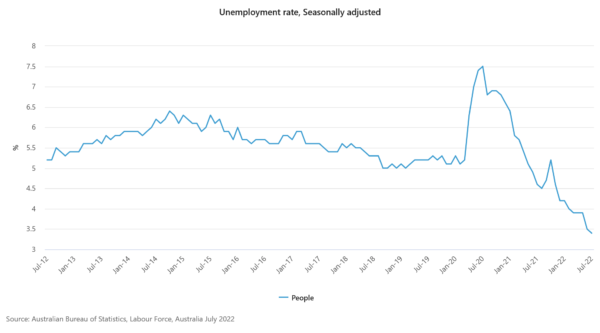
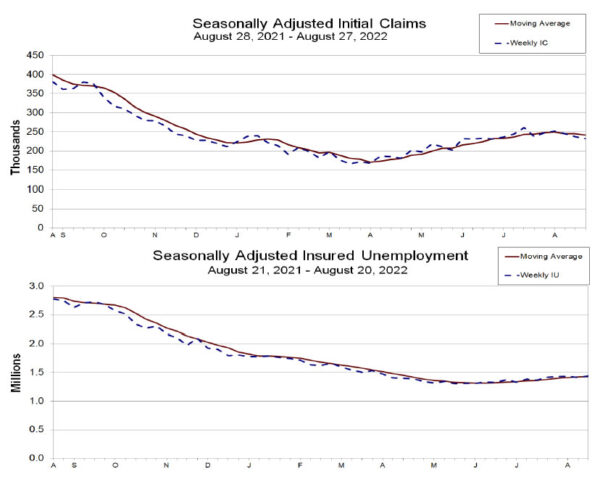
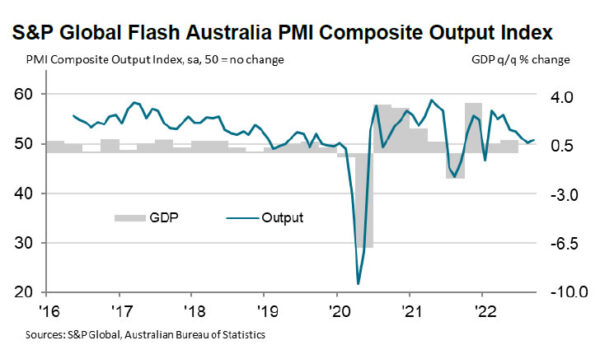
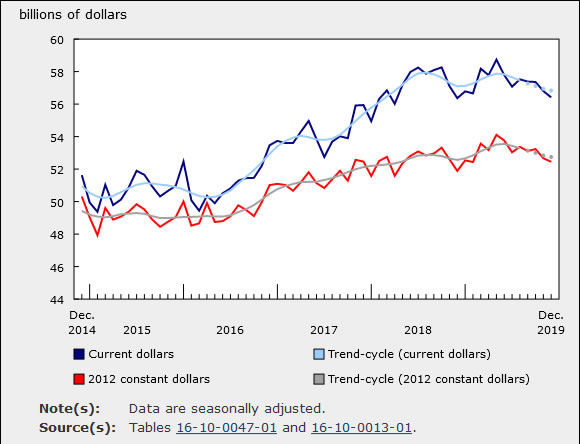
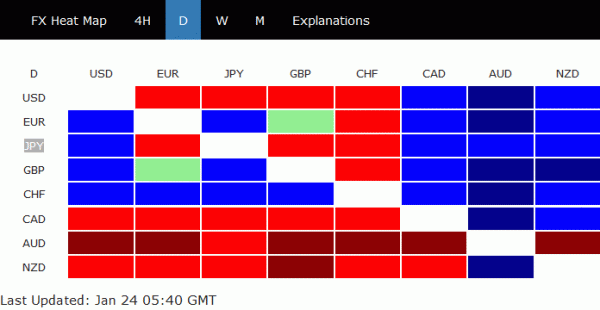
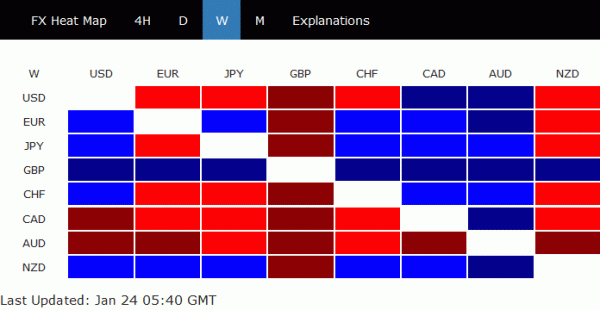
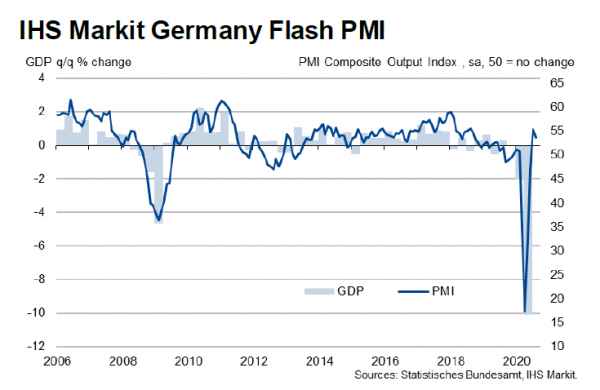

Fed Williams: Restrictive policy to continue through at least next year
New York Fed President John Williams said yesterday, “Inflation is far too high, and persistently high inflation undermines the ability of our economy to perform at its full potential… There is still more work to do.”
“I do think we’re going to need to keep restrictive policy in place for some time; I would expect that to continue through at least next year,” he added.
Nevertheless, “at some point, nominal interest rates will need to come down. Otherwise real interest rates will be going up and that would just be tightening policy further and further in terms of its effects on the economy… I do see a point, probably in 2024, that we’ll start bringing down nominal interest rates because inflation is coming down and we would want to have real interest rates appropriately positioned.”